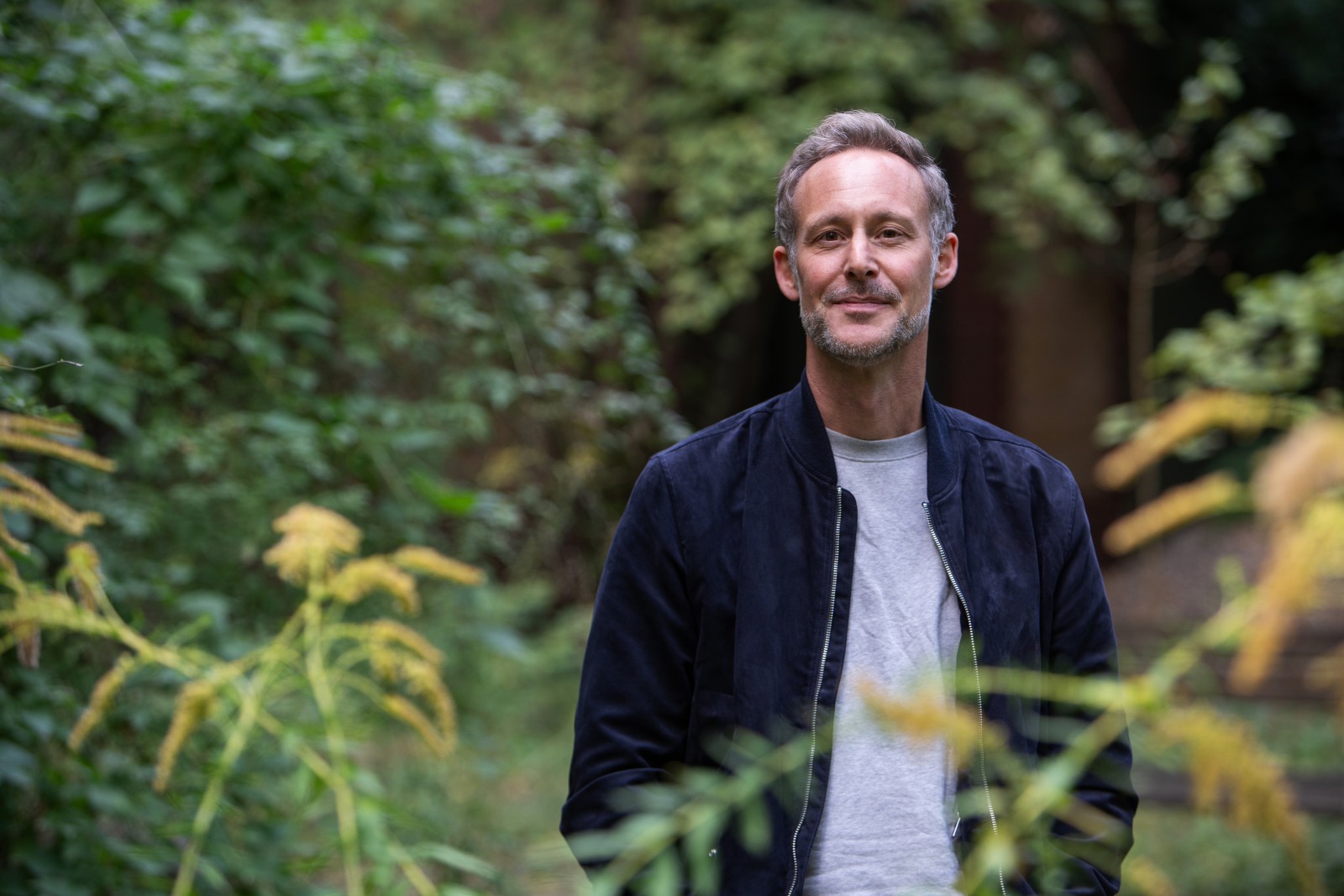Echte Nachhaltigkeit

Seit Jahren prägt das Narrativ des ökologischen Fußabdrucks den Diskurs und unser Handeln in der Nachhaltigkeitstransformation. Er beschreibt die negativen Auswirkungen unserer Aktivitäten auf die Umwelt und macht begreifbar, welche Handlungen besonders schädlich für unseren Planeten und kommende Generationen sind.
Klar ist: Die Art und Weise wie wir Wirtschaften trägt erheblich zur Bedrohung unserer Lebensgrundlagen bei. Der regulatorische Druck auf Organisationen wächst. Sie stehen in der Verantwortung, ihre CO₂-Emissionen, ihren Ressourcenverbrauch und die damit verbundenen sozialen Auswirkungen gemäß CSRD, EU-Taxonomie und ESG-Kriterien transparent zu machen und zu reduzieren.
Die Einhaltung dieser Vorschriften stellt für viele Unternehmen eine enorme Herausforderung dar. Es müssen in Windeseile neue Strukturen und Prozesse geschaffen werden, die Governance muss angepasst werden. Allein die Erstellung von Nachhaltigkeitsberichten ist aufwändig und kostenintensiv. All das bindet häufig den Großteil der Ressourcen, die für Nachhaltigkeit zur Verfügung stehen.
Doch mit dem reinen Messen und Reduzieren des Schadens kommen wir nicht weit genug. Ja, es ist unerlässlich, den eigenen Beitrag zu kennen und zu minimieren. Aber in einer Welt, die dringend nachhaltige und regenerative Lösungen braucht, reicht es nicht, nur weniger Schaden anzurichten. Hier kommt der Handabdruck ins Spiel.
Der Handabdruck steht für die positiven Veränderungen, die Unternehmen bewirken können – sei es durch ihre Corporate Social Responsibility (CSR)-Initiativen, durch die Neugestaltung von Geschäftsmodellen und Ökosystemen oder durch das Schaffen neuer Rahmenbedingungen, die es anderen wiederum erleichtern, nachhaltiger zu handeln. Während der Fußabdruck sich auf das Messen und Reduzieren konzentriert, geht es beim Handabdruck um aktives Gestalten. Er drückt die Summe des positiven Einflusses auf Umwelt und Gesellschaft aus.
Die Idee des ökologischen und sozialen Handabdrucks bedeutet eine völlig neue Herangehensweise an Nachhaltigkeitsmanagement. Es geht darum, aktiv nach positiven Lösungen zu suchen und Neues zu gestalten, um regenerative Effekte zu erzielen.
Das Unternehmen WILDPLASTIC zeigt eindrucksvoll, was es heißt, über die bloße Reduktion des eigenen Fußabdrucks hinauszugehen und mit einem starken Handabdruck-System eine Vorreiterrolle im globalen Kampf gegen Plastikverschmutzung zu übernehmen.
Das Unternehmen sammelt sogenanntes „wildes Plastik“ – Müll, der außerhalb der Recyclingkreisläufe in der Natur liegt – und verarbeitet es zu neuen Produkten. Ganz nach dem Motto: “Wir geben dem verlorenen Material einen neuen Sinn” und tragen zu einer sauberen Umwelt auf unserem Planeten bei.
Gemeinsam mit lokalen Sammelorganisationen in stark betroffenen Regionen wie Indien und Ghana wird Plastik eingesammelt, bevor es in die Ozeane gelangt. Durch diese Zusammenarbeit stärkt WILDPLASTIC bestehende Strukturen und gibt dem gesammelten Material einen neuen Wert, etwa durch die Herstellung der WILDBAG, der ersten Mülltüte, die aktiv die Welt aufräumt.
Besonders sichtbar wird der Handabdruck von WILDPLASTIC durch Partnerschaften, wie die Kooperation mit OTTO, die zur Entwicklung der ersten Versandtasche aus wildem Plastik führte.

Die Fokussierung auf die Nachhaltigkeitsberichterstattung ist zweifelsohne wichtig, um Transparenz zu schaffen und den Fußabdruck zu verringern. Ein erster, wichtiger Schritt. Doch daneben müssen wir uns die Frage stellen: Wie können wir echte nachhaltige Lösungen entwickeln, die einen positiven Beitrag zur Regeneration unserer Lebensgrundlagen leisten?
Klar wird: Ähnlich wie bei der digitalen Transformation ist die Nachhaltigkeitstransformation keine Aufgabe, die nur eine Abteilung allein leisten kann. Sie braucht ein breit verteiltes Wissen in der Organisation, damit sich nachhaltige und regenerative Praktiken auch wirklich im Business verankern können. Und sie erfordert einen begleitenden Kulturwandel, der sich durch alle Ebenen und Abteilungen eines Unternehmens zieht.
Um zukunftsfähig zu bleiben, müssen Unternehmen also „beidhändig“ agieren. Ja, sie müssen ihren Fußabdruck reduzieren, gleichzeitig aber eben auch ihren Handabdruck vergrößern. Diese Ambidextrie ist der Schlüssel zur erfolgreichen Nachhaltigkeitstransformation: Auf der einen Seite steht die Einhaltung von Vorschriften und die Erfüllung der Berichtspflichten, auf der anderen Seite die aktive Suche nach regenerativen Lösungen, die der Gesellschaft und der Umwelt einen echten Mehrwert bringen.
Innovationen entstehen dabei nicht von selbst. Unternehmen müssen aktiv daran arbeiten, diese neuen Kompetenzen aufzubauen. Agile Methoden, crossfunktionale Teams und iteratives Arbeiten können helfen, die nötigen Innovationsprozesse anzustoßen. Doch gleichzeitig müssen regenerative Denkweisen und Fähigkeiten in der gesamten Organisation etabliert werden. Unternehmen, die hier den ersten Schritt gehen, werden in den kommenden Jahren den entscheidenden Vorteil haben.

Der Stellar Approach
Wer als Organisation nachhaltig oder gar regenerativ sein möchte, braucht nachhaltige und regenerative Kompetenzen in der gesamten Breite der Organisation. Unser Teamentwicklungsansatz, der Stellar Approach, hilft Dir dabei, regenerative Lösungskompetenz in der gesamten Organisation zu steigern.
Wie lässt sich diese regenerative Innovationskompetenz flächendeckend aufbauen? Dafür stehen verschiedene Wege zur Verfügung: Gezielte Teamentwicklungsprogramme, die über klassische Nachhaltigkeitsinitiativen hinausgehen und Mitarbeitende befähigen, in ihrer täglichen Arbeitswelt Innovationspotential für positiven Impact zu identifizieren. Der Aufbau eines Netzwerks von Innovationscoaches, die innerhalb von Organisationen regenerative Prozesse fördern und begleiten – ähnlich wie wir es von Agile Coaches in der digitalen Transformation kennen. Und natürlich braucht es HR-Abteilungen, die diese Maßnahmen begleiten und sicherstellen, dass die notwendigen Kompetenzen in der Breite der Organisation verankert werden.
Erst mit diesen Future Skills werden Unternehmen in der Lage sein, nicht nur ihre Berichtspflichten zu erfüllen, sondern auch in Zukunft einen relevanten Beitrag zu leisten und wettbewerbsfähig zu bleiben. Unternehmen, die jetzt beginnen, diese Kompetenzen aufzubauen, werden den entscheidenden Schritt voraus sein.
Text: Simon Berkler, Sue Sarikaya und Theresa Sauter
Du möchtest herausfinden, wie Du in Deiner Organisation Innovationskompetenz mit Fokus auf positiven Impact aufbauen kannst? Simon hilft Dir gerne weiter.

At TheDive, we constantly create new things.
Stay up to date with our newsletter!
At TheDive, we constantly create new things.
Stay up to date with our newsletter!



